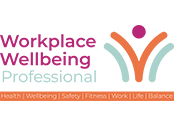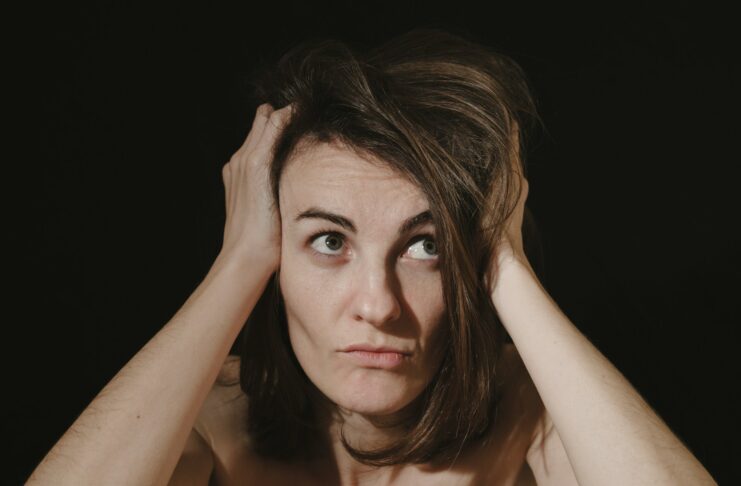“I’m tired, I’m grumpy and I can’t lose any weight — it’s so frustrating!”
Unfortunately, this is something I hear a lot from many 40 to 50-year-old women that I see in my clinic in London, all citing menopause as having a detrimental impact on their quality of life.
Officially, menopause is defined as the time when a woman has had no menstrual cycle for 12 months and one day. The symptoms associated with the time leading up to this point, and for some years afterwards, is called the perimenopause.
Figures say perimenopause lasts for an average of four years but can be as long as 12 years for some women. Many experience unpleasant and, in some cases, debilitating symptoms, often at a challenging time in their lives where they’re busy caring for both children and parents while also working hard in a demanding job.
While hot flushes, mood swings and weight gain are some of the most commonly reported symptoms of menopause, the list is unfortunately a lot longer and includes:
- Depression
- Anxiety
- Headaches
- Bloating
- Painful sex
- Loss of libido
- Muscle and joint pain
- Fatigue
- Restless legs
Falling Hormone Levels
Many women don’t associate their symptoms with the menopausal transition, as they’re not commonly talked about, but a Google search will show you that the list is extensive. Symptoms are caused by the decline in the hormone’s oestrogen and progesterone, which effect just about every cell and tissue in the body.
The choice to use Hormone Replacement Therapy (HRT) is a personal one for every woman and should be discussed with your GP to understand the latest research, which is constantly changing. Then you make an informed choice based on your personal, medical and family history, alongside your preferences.
HRT rarely resolves all the symptoms a woman experiences, and whether or not you decide to use it, you don’t just have to “grin and bear it”. Exercise has been shown to have a significant impact on reducing symptoms, and there are lots of things you can do during the workday to help yourself feel, and function, better.
When you exercise, you release chemicals that can have a positive effect on your menopausal symptoms. The hormone serotonin works to enhance your mood, while dopamine and noradrenalin improve motivation, focus and learning, helping with fatigue, concentration problems and the commonly reported brain fog.
At the same time, chemicals called endorphins block the feelings of pain and increase feelings of wellbeing, reducing muscle and joint pain, headaches and pain associated with sex, as well as increasing confidence levels and libido.
Working Out to Combat Menopause Symptoms
Exercise also increases blood flow to the brain and stimulates the release of Brain Derived Neurotrophic Factor (BDNF), a protein which delivers more oxygen and nutrients to brain cells while enhancing the removal of waste. This not only supports the growth of new neurons but also protects existing ones from injury and cognitive decline. These processes result in improved mental clarity and memory.
The benefits don’t stop there. Studies show that exercise helps to lower the body’s primary stress hormone, cortisol, in the body. When we’re stressed, our body releases this hormone, raising our heart rate and blood pressure, while diverting blood flow away from systems like our digestive, immunity and reproductive health.
This primal bodily response once helped us to run away from danger. But in today’s world, it’s often overactivated by daily stress. Over time, chronic stress and cortisol production can contribute to heart disease, poor sleep, weight gain, skin issues, changes in the quality of our vaginal and other pelvic tissues and memory impairment.
Additionally, movement improves blood circulation throughout the body, which supports joint health, quality of skin and different tissues, and increases muscle strength. All this helps cool the dreaded hot flushes and reduces pain with sex and in the muscle and joints.
Menopause Exercise Routine
“But, I don’t have time to exercise!”. Again, I hear this all the time from my patients, and I get it; we’re expected to juggle so much. So, to help, I’ve created a list of exercises you can incorporate into your working day, to make it more realistic.
Set an hourly reminder to do one activity and work your way down the list:
- Stand up and sit down in your chair 10 times.
- Head for the stairwell and walk up and down two flights of stairs.
- Sit in your chair and twist towards the back of the chair in either direction three times.
- Sit with one hand under your bottom and tip your head to the other side, pulling gently with the other hand to stretch your neck.
- Sit up tall, turn your head from side to side and push on your cheekbone to increase the stretch.
- Find a quiet space and punch your arms up overhead or out in front for one minute as quickly as you can.
- Get up and down off the floor 10 times without using a chair or desk to pull yourself up.
- Stand up and slide your hand down the side of your leg to stretch the side of your body. Repeat five times in either direction.
- Run on the spot for 30 seconds.
- Roll your shoulders backwards 10 times.
In addition to these activities, try one of these per day:
- Get outside at lunchtime: The sunshine helps you absorb Vitamin D and reduces melatonin. This helps with sleep quality, muscle and joint pain.
- Arrange for at least one of your meetings to be a walking meeting: If you can’t do this outside, climb the stairs while you talk.
- Take at least one phone call while standing up: Ideally try to stand on one leg while you do to help strength and balance.
- Take the stairs: If you can’t manage all the way to the floor you work on, start with a few flights and gradually increase the number as you feel you can.
I’m sure you’ll feel self-conscious doing some of these to begin with, but the feelings of wellbeing, improved sleep and symptom reduction will soon override it and become motivation to overcome any feelings of embarrassment.
Claire Small
Claire is a Consultant Physiotherapist and the Chief Clinical Officer and co-founder of Pure Sports Medicine. As co-founder she has been with Pure Sports Medicine since its beginning in 2003, delivering outstanding clinical care for over 20 years.
Claire’s clinical specialities include issues of the spine, hip, groin and pelvis including persistent problems, pregnancy-related complaints and movement dysfunction. She has a specific interest in helping women manage the symptoms associated with menopause and metabolic syndrome.
As an accomplished and well-established clinician, speaker and researcher, Claire is also an Honorary Lecturer and Examiner at Queen Mary University of London and the University of Hertfordshire, an invited Lecturer at UCL, Kings College, London & University of Bath and a Journal Reviewer for Manual Therapy and Physical Therapy in Sport & the British Journal of Sport Medicine. She was made a Fellow of the Musculoskeletal Association of Chartered Physiotherapists in 2016.
In 2015 she was named Australian Businesswoman of the Year in the UK for her work in healthcare.



